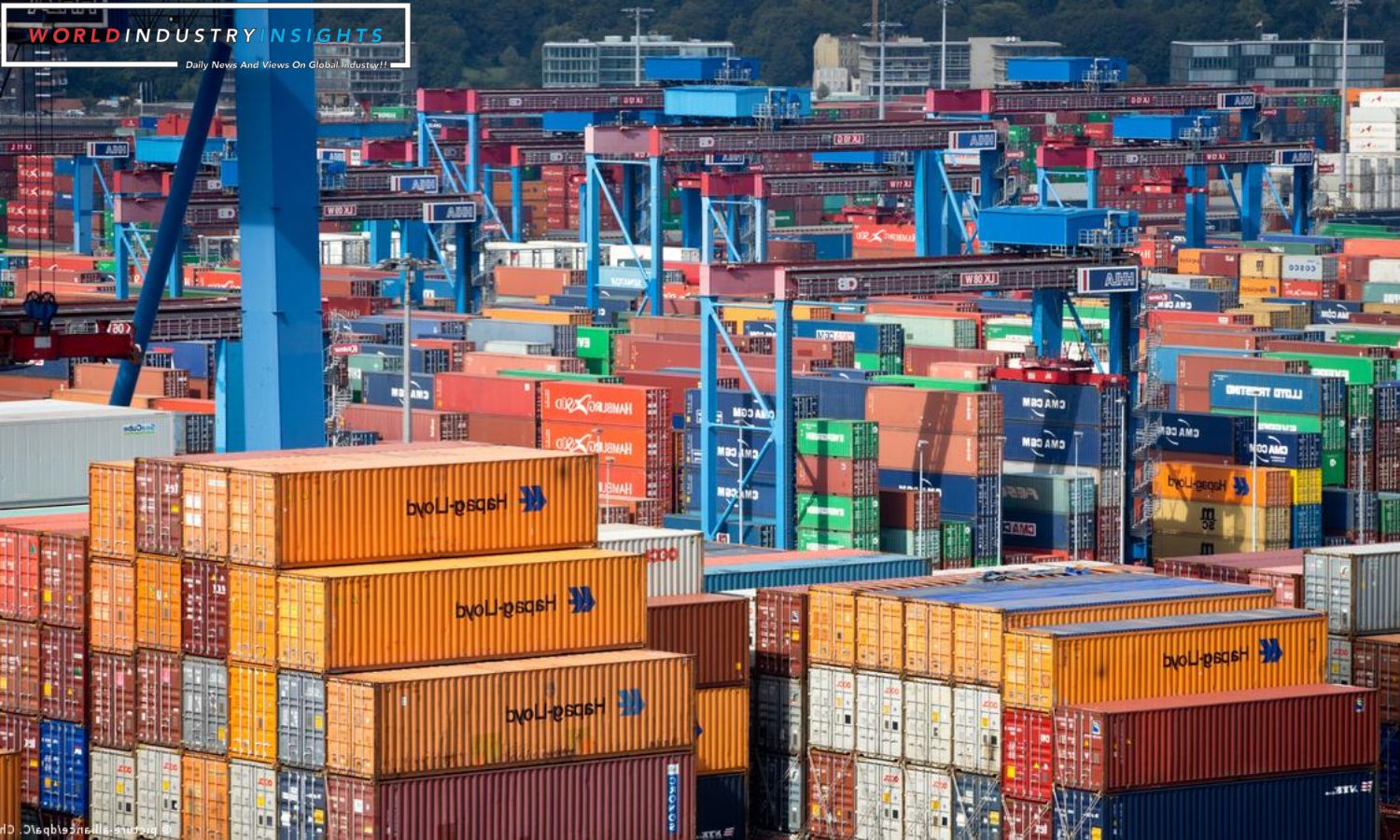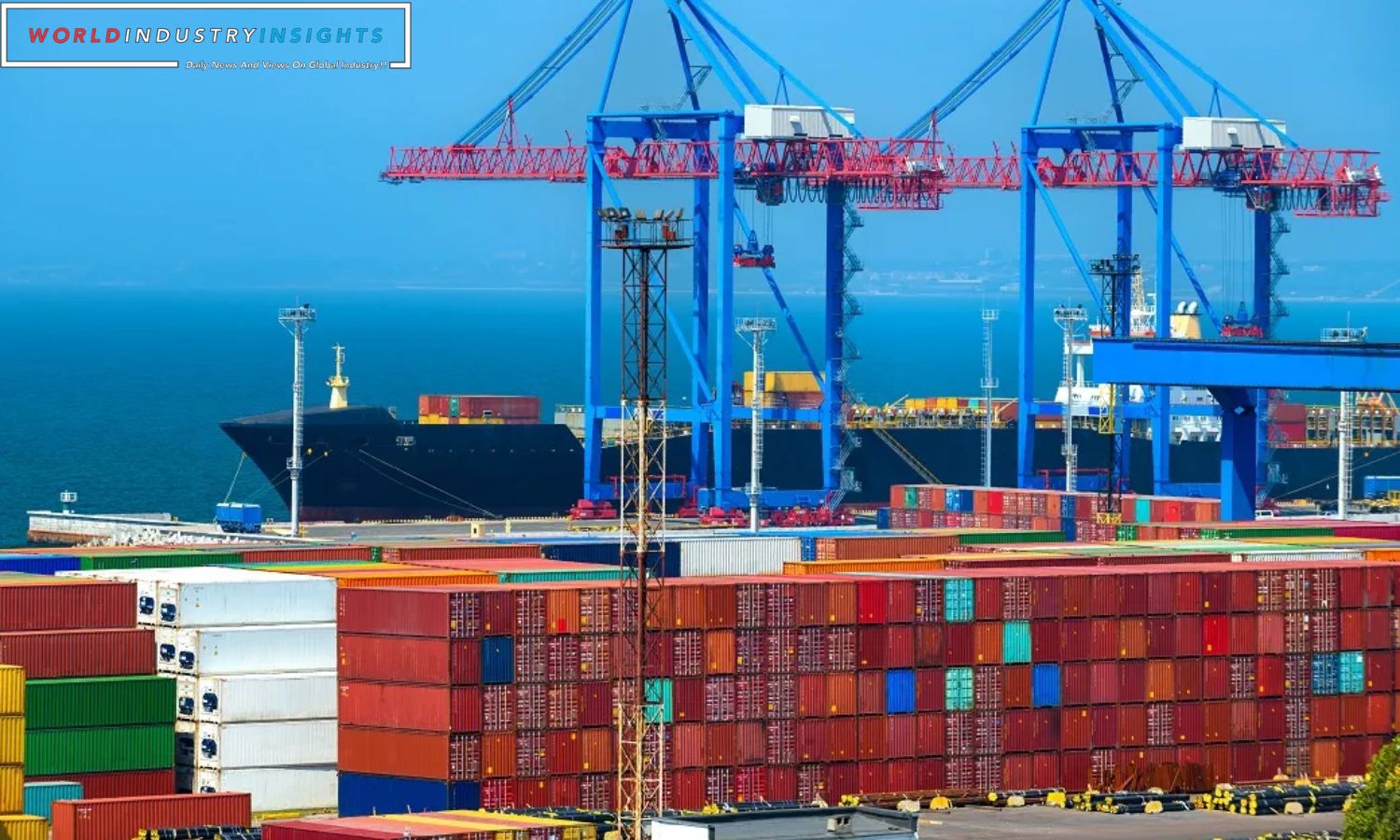Germany Export Puzzle: In an unexpected turn of events, Germany, the economic powerhouse of Europe, encountered a hiccup in its export trajectory in October. According to data from the federal statistics office, German exports edged down by 0.2%, defying expectations of a 1.1% increase as predicted. This downturn follows a robust 2.5% fall in September, signaling a challenging period for the nation’s trade dynamics.
A closer examination reveals that the primary driver behind this unexpected dip is a notable 2.7% contraction in exports to European Union countries during the same month. The intricacies of this decline are now under scrutiny, raising concerns about the broader economic landscape of Germany and its ties with key EU partners.
The latest trade data comes on the heels of a November survey by the Ifo economic institute, which initially hinted at a potential stabilization in Germany’s exports. However, a deeper dive into the numbers reveals a nuanced reality while stabilization might be on the horizon, there’s a palpable lack of enthusiasm across various sectors, with few anticipating a significant uptick in exports.
Simultaneously, Germany’s import figures present an additional layer to the economic narrative. Imports from the largest European economy marked their fifth consecutive monthly decline, unexpectedly dropping by 1.2% month-on-month. This recurrent contraction in imports adds another dimension to the challenges faced by Germany’s economic landscape.
Also Read: Global Food Security Strategize on Ukraine Grain Exports Amid Russias Halting
As the data unfolds, it paints a complex picture of Germany’s economic scenario, highlighting the delicate interplay between domestic and international factors. The unexpected nature of these export and import figures raises questions about the resilience of Germany’s economy and its ability to navigate through turbulent global economic waters.
Analysts and policymakers will undoubtedly scrutinize these numbers, seeking insights into the underlying factors contributing to this unanticipated downturn. The intricate web of global economic relationships, coupled with the ongoing challenges posed by the pandemic and geopolitical uncertainties, adds layers of complexity to Germany’s economic landscape.
Looking ahead, the pressure is on for Germany to recalibrate its economic strategies, fostering resilience and adaptability in the face of evolving global dynamics. The nation’s ability to address these challenges head-on will play a crucial role in shaping its economic trajectory in the months to come.
In conclusion, Germany’s recent export and import woes underscore the intricate dance of economic factors at play. As the nation grapples with unexpected headwinds, the coming months will reveal the effectiveness of its economic policies and the resilience of its trade networks on the global stage.
Our Reader’s Queries
What is Germany’s #1 export?
Germany’s top exports are vehicles and vehicle components, which generated a whopping $210 billion in revenue in 2021. Machines come in second place with $196 billion, while chemical products follow closely behind with $137 billion. It’s clear that Germany’s manufacturing industry is a force to be reckoned with, dominating the global market with their high-quality products.
What is the best product to export from Germany?
In 2022, Germany’s primary export product was motor vehicles and parts thereof, which accounted for 15.4% of all exports. Following closely behind were machinery at 13.3% and chemical products at 10.3%. These three items were the most significant exports for Germany during that year.
Why does Germany export so much?
Germany’s export surplus has been significantly impacted by two key factors. Firstly, the weak euro has been favourable for exports. Secondly, the decline in commodity prices has made imports cheaper for Germany. These factors have played a strong role in shaping Germany’s export surplus.
What commodities are Germany’s exports?
To embed in your website, simply paste the HTML code below. This table shows Germany’s exports by category, including dairy products, wood and articles of wood, and articles of apparel. In 2022, the total value of these exports was $13.29B, $13.09B, and $12.37B respectively. Other top categories include essential oils, perfumes, cosmetics, and toiletries, with a total value of $12.20B in 2022.


